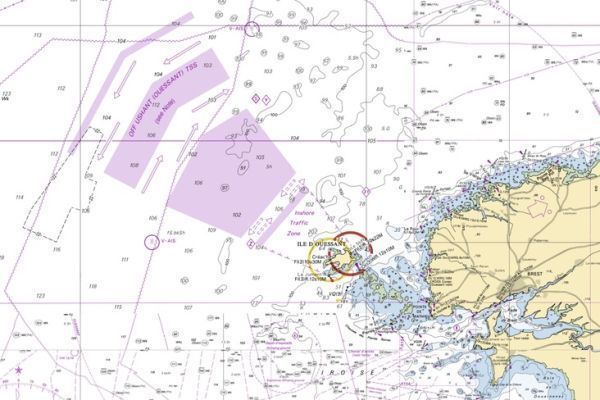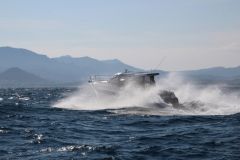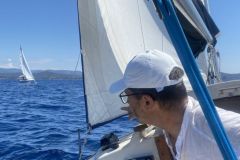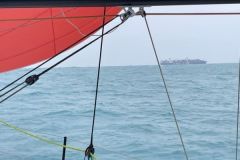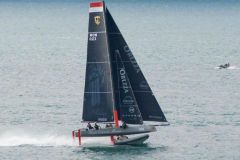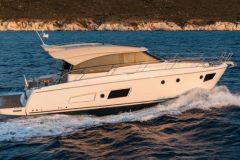The English Channel is one of the world's busiest shipping lanes, through which ships of all kinds pass every day: container ships over 400 m long, 320,000-ton oil tankers, gas tankers, ferries, fishing boats... Almost 20% of the world's maritime traffic passes through the Channel, which serves the main ports of Northern Europe, from Hamburg to Le Havre. This density of traffic poses major challenges for navigation safety and environmental protection.
Navigation safety devices
DSTs, or traffic separation schemes, were created to keep traffic flowing smoothly and safely, especially in narrow passes and narrows. To avoid collisions and pollution, the French and British maritime authorities have introduced specific traffic rules in the English Channel. Since the 1970s, three traffic separation schemes (DST) have been set up: the Pas de Calais DST, the Casquets DST and the Ouessant DST. These DSTs organize ship traffic into two or three parallel lanes, separated by buffer zones. Vessels carrying hazardous materials must use the lane furthest from the coast. Vessels are required to report in and out of the DSTs, and to communicate the nature of their cargo.
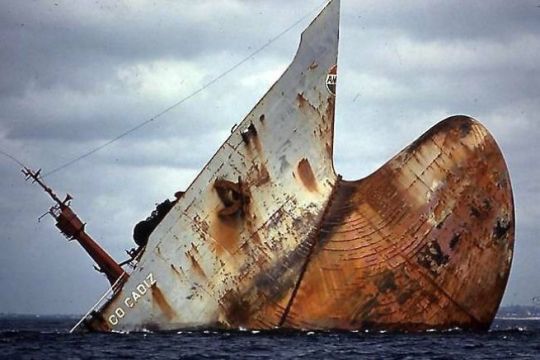
The English Channel is also a zone of diverse maritime activities, which can conflict with commercial traffic. Fishing, yachting, the extraction of marine aggregates, the installation of submarine cables or offshore wind turbines are just some of the uses that share maritime space. The English Channel also borders fragile and highly urbanized coastlines, home to remarkable natural sites, high-risk industries and nuclear power plants. Preserving these coastlines is therefore a major challenge for the economy and environment of the surrounding regions.
Report summary
1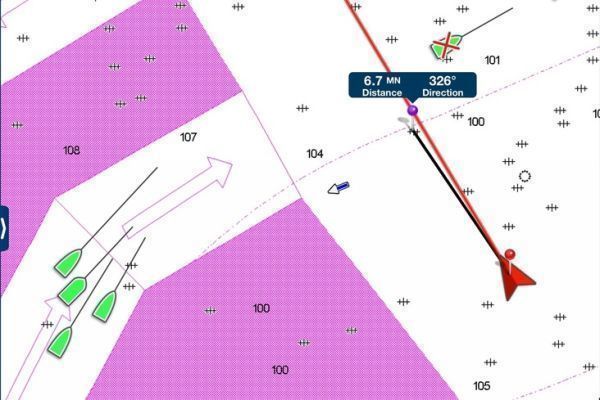
Ushant rail: how the sinking of the Amoco Cadiz changed maritime traffic
2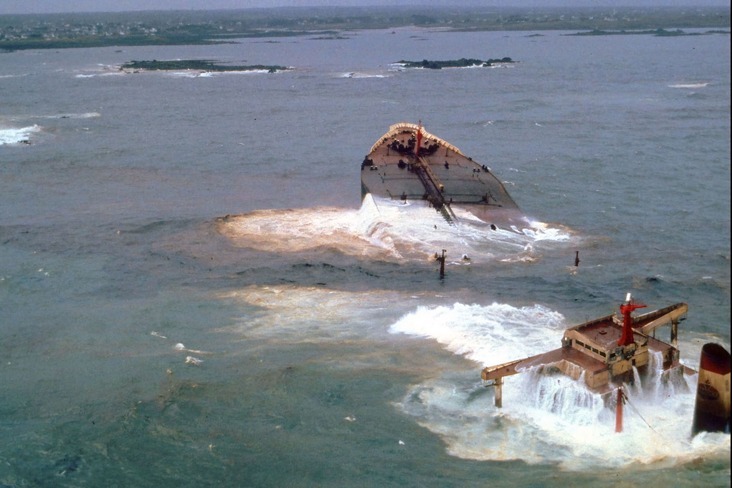
Amoco Cadiz, images of the shipwreck
3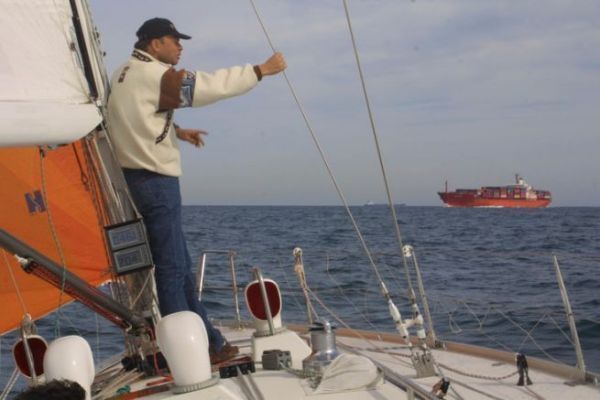
Crossing a DST: What is the risk for the boater in case of violation?
4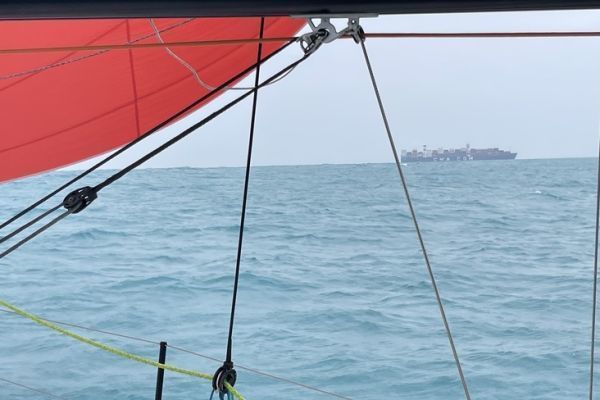
Crossing the Ushant rail with your sailboat: rules to know and pitfalls to avoid
5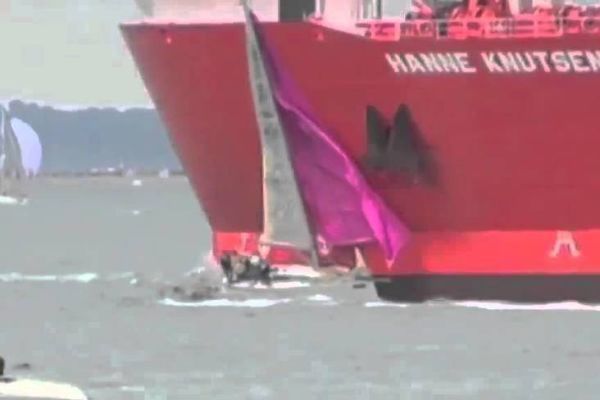

 /
/ 